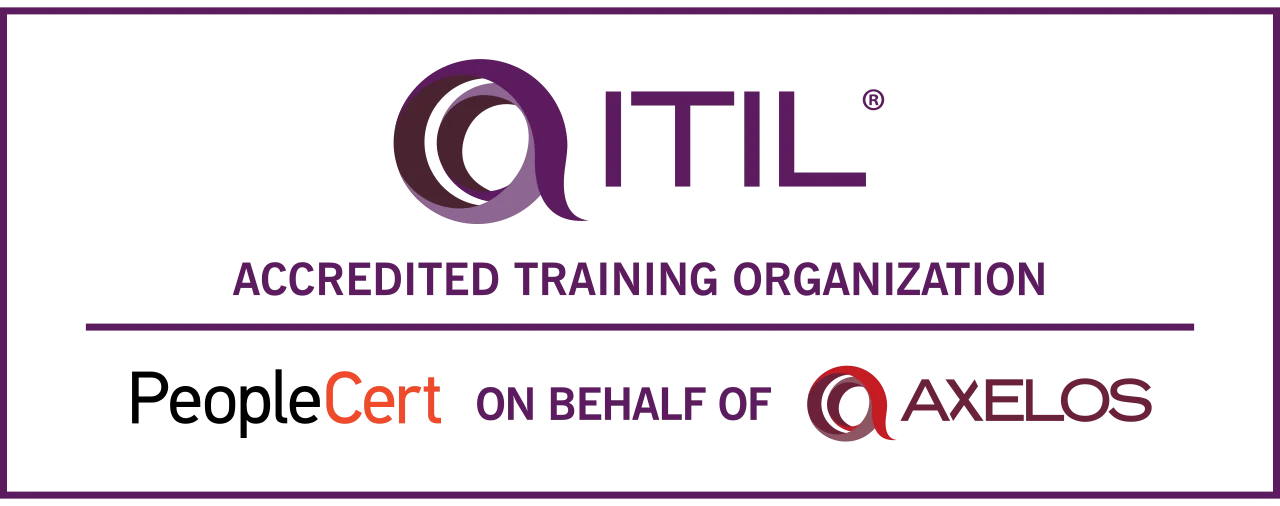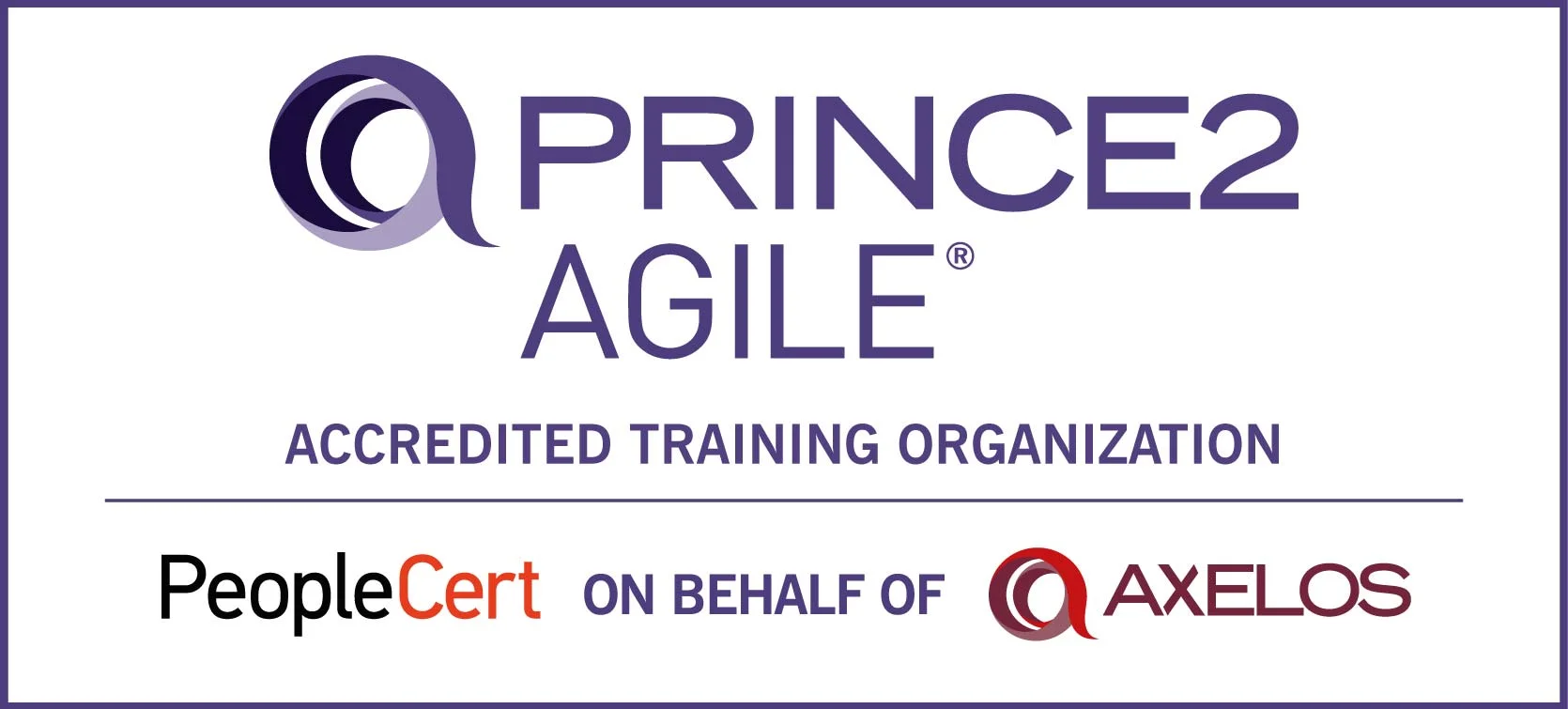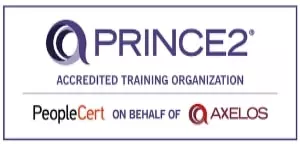MVC, or as a full form, Model View Controller.
Aware of it? Of course, you are!
Model View Controller is basically a software design pattern, commonly used for developing user interfaces to divide the related program logic into three interconnected elements. This is done to separate internal representations of information from the ways information is presented to and accepted by the user.
MVC has been widely adopted as a design for World Wide Web applications in most programming languages. Several web frameworks have been created that enforce the pattern. These software frameworks vary in their interpretations, mainly in the way that the MVC responsibilities are divided between the client and server.
For these above-mentioned reasons, MVC has been pretty much important for developers to step into the professional field, especially the ASP.Net developers. So it goes without saying, MVC questions are quite common once you are preparing for an ASP.Net interview.
So it will be good if you could have a look at the commonly asked MVC questions, isn’t it?
Well, that’s why we have listed out the 20 most commonly asked interview questions right here!
1. State the full form of MVC.
The abbreviated version of MVC is Model View Controller.
2. What do you understand by Model View Control?
MVC is a software architecture or application configuration model containing 3 interconnected verticals or parts. These 3 parts are the model (information related to the application), the view (which is the UI of an MVC application), and the controller (the cycles that are liable for taking care of the info).
The MVC model is ordinarily used to create current applications with UIs. It gives the focal pieces to planning a work area or versatile application, just as present-day web applications.
3. Explain Model, View, and Controller in brief.
A model can be characterized as the information that will be utilized by the program. Usually utilized instances of models in MVC are the database, a basic item holding information, (for example, any sight and sound document or the personality of a game), a record, and so forth
A view is a method of showing objects (UIs) inside an application. This is the specific vertical through which end clients will convey.
A controller is the third vertical which is liable for refreshing the two models and perspectives. It acknowledges contribution from clients just as plays out the comparable update. All in all, it is the regulator that is answerable for reacting to client activities.
4. What are the different return types used by the controller action method in MVC?
The different return types of controller action methods in MVC are as follows:
- View Result
- JSON Result
- Content Result
- Redirect Result
- JavaScript Result
5. Name the assembly in which the MVC framework is typically defined.
System.Web.Mvc defines the MVC framework.
6. Explain the MVC Application life cycle.
The web applications have 2 primary execution steps:
- Understanding the request
- Sending an appropriate response based on the type of request
MVC applications have similar steps along with whose life cycle has 2 foremost phases:
- for creating a request object
- for sending the response to any browser
7. What are the various steps to create the request object?
To create a request object, you need to go through 4 steps:
- Fill the route
- Fetch the route
- Create a request context
- Create a controller instance
8. Explain some benefits of using MVC?
Benefits of MVC are –
- Support of multiple views:Since there is a detachment of the model from its view, the (UI) gets the ability to execute various perspectives on similar information simultaneously.
- Faster development process:MVC can give a fast and equal turn of events. This implies that while building up an application, almost certainly, one software engineer will play out some activity on the view and in equal, another can deal with making the application's business rationale.
- SEO-friendly development:The foundation of MVC can uphold SEO-accommodating improvement of pages or web applications.
- More Control:The MVC system (of ASP.NET) offers extra power over HTML, CSS, and JavaScript than that of customary WebForms.
- Lightweight:MVC system doesn't utilize View State which at last limits the mentioned transfer speed somewhat.
- Explain in brief the role of different MVC components?
The different MVC components’ roles are as follows -
- Presentation:This segment deals with the visual portrayal of a specific deliberation in the application.
- Control:This part deals with the consistency and consistency between the reflection inside the framework alongside their introduction to the client. It is additionally answerable for speaking with all different controls inside the MVC framework.
- Abstraction:This segment manages the usefulness of the business area inside the application.
10. How will you maintain the sessions in MVC?
We can maintain the sessions of an MVC by 3 possible ways:
- viewdata
- temp data and
- view bag
11. What do you mean by partial view of MVC?
A partial view can be characterized as a part of HTML that is deliberately infused into a current DOM. Partial views are generally executed for componentizing Razor views, making them less difficult to fabricate and refresh. Regulator strategies can likewise legitimately restore the partial views.
12. Explain in brief the difference between adding routes in a webform application & an MVC application?
We utilize the MapPageRoute() which is of the RouteCollection class for adding courses in a webform application. While the MapRoute() technique is utilized for adding courses to an MVC application.
13. How will you define the 3 logical layers of MVC?
The 3 logical layers of MVC are defined as follows:
- Model logic which acts as a business layer
- View logic which acts as a display layer
- Controller logic acts as input control
14. What is the use of ActionFilters in MVC?
ActionFilters are utilized for executing the logic while MVC activity is executed. Besides, activity channels grant the execution of pre and post-preparing logic and activity techniques.
15. How to execute any MVC project? Explain its steps.
We should follow theses steps for executing an MVC project:
- Receive the first request for the application
- The routing is performed
- The MVC request handler is created
- The controller is created and executed
- The action is invoked
- The results are executed
16. What is the concept of routing in MVC?
MVC routing is basically a pattern-matching scheme that helps in mapping incoming requests of browsers to a definite MVC controller action.
17. What are the 3 important segments for routing?
The 3 important segments for routing are as follows:
- ControllerName
- ActionMethodName
- Parameter
18. What are the different properties of MVC routes?
The different properties of MVC routes are:
- Route Name
- URL Pattern
- Defaults
- Constraints
19. How is the routing carried out in MVC?
The RouteCollection contains a bunch of routes that are answerable for enrolling the routes in the application. The RegisterRoutes technique is utilized for recording the courses in the assortment. The URL designs are characterized by the courses and an overseer is utilized which checks the solicitation coordinating the example. The MVC steering has 3 boundaries. The principal boundary decides the name of the course. The subsequent boundary decides a particular example with which the URL matches. The third boundary is liable for giving default esteems to its placeholders.
20. How will you navigate from one view to another view in MVC? Explain with a hyperlink example
We will utilize the ActionLink strategy which will assist us with exploring starting with one view then onto the next. Here is a case of exploring the Home regulator by summoning the Go to Home activity.
The code for it will be:
<%=Html.ActionLink("Home","GoTo Home")%>
Conclusion:
Have you recently attended an ASP.Net developer’s interview? If yes, what kind of MVC interview questions did you encounter?
Let us know, we will be eagerly waiting!
Author Details

Mr.Vikas Sharma
Principal Consultant
I am an Accredited ITIL, ITIL 4, ITIL 4 DITS, ITIL® 4 Strategic Leader, Certified SAFe Practice Consultant , SIAM Professional, PRINCE2 AGILE, Six Sigma Black Belt Trainer with more than 20 years of Industry experience. Working as SIAM consultant managing end-to-end accountability for the performance and delivery of IT services to the users and coordinating delivery, integration, and interoperability across multiple services and suppliers. Trained more than 10000+ participants under various ITSM, Agile & Project Management frameworks like ITIL, SAFe, SIAM, VeriSM, and PRINCE2, Scrum, DevOps, Cloud, etc.
Course Related To This blog
DevOps Fundamentals By PeopleCert
Certified DevOps Master
DevOps + ASM + CASPO Combo Course
Certified DevOps Engineer
DevOps CDA
DevOps Leader
DevOps Practitioner Certification
Certified DevOps Developer
Certified DevOps Architect
Confused About Certification?
Get Free Consultation Call








